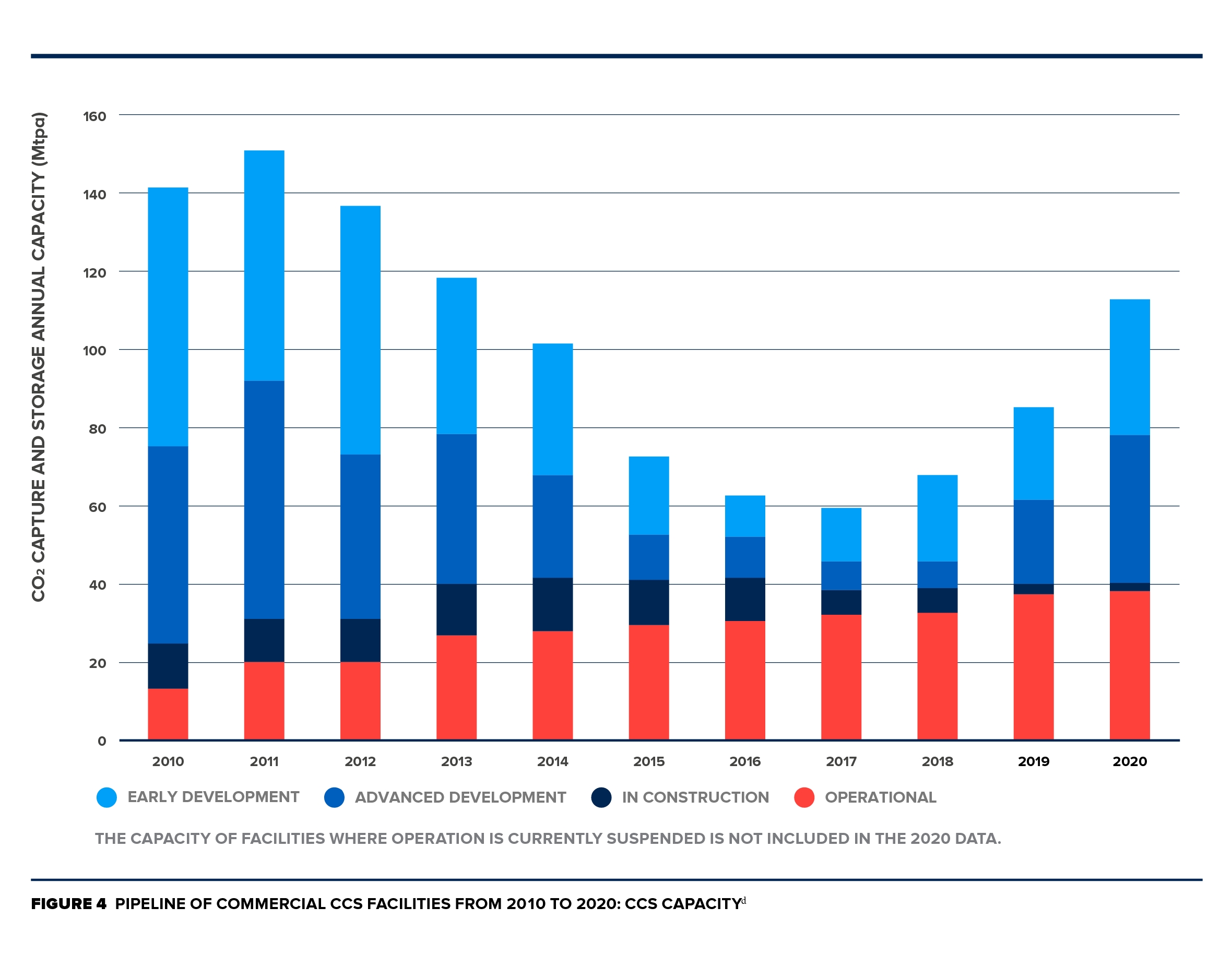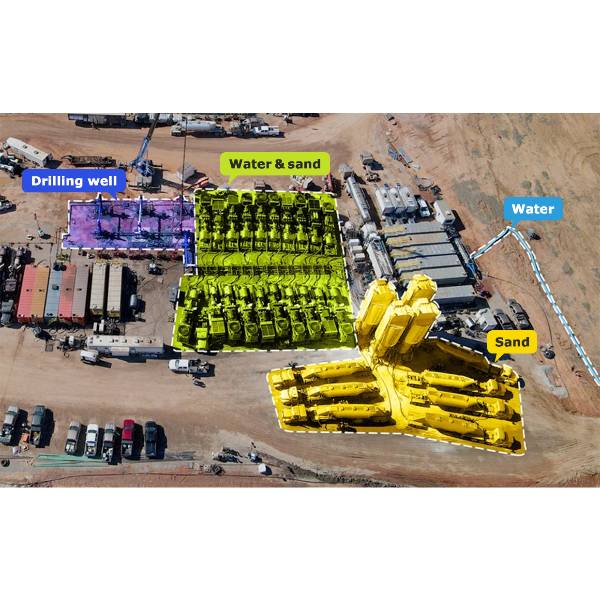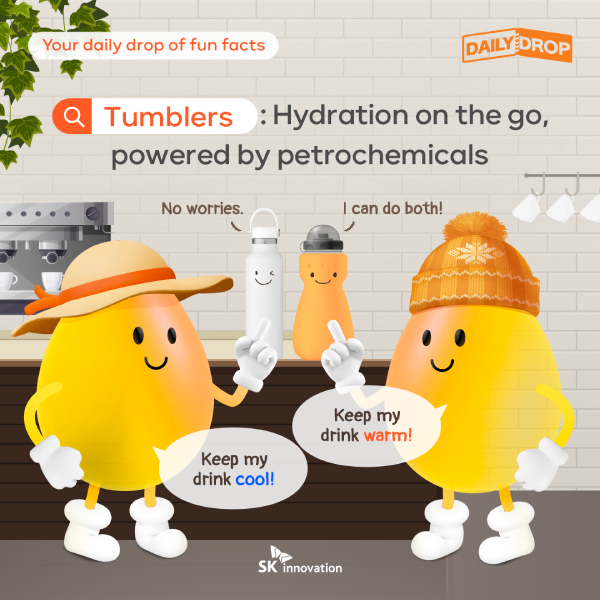 Trends & Reports
Trends & Reports
Recently, carbon capture and storage (CCS) or carbon capture, utilization and storage (CCUS) have appeared more frequently among energy related articles as global concern about environmental issues are growing. According to Carbon Capture and Storage Market Report – Forecast (2021-2026) by IndustryARC, with a CAGR of 29.2% during 5 years from 2021 to 2026, CCS market size is predicted to reach 25.3 billion USD by 2026. Then what is CCS actually, why is the world paying attention to it and how are big names in energy field preparing for it? Let’s briefly find out.
| What is CCS and how many CCS facilities are there?
CCS, as its name suggests, involves capturing, then transporting, and safely storing greenhouse gas carbon dioxide (CO2). Collins Dictionary clearly defined CCS as a “technology used to stop large amounts of carbon dioxide from being released into the atmosphere, by separating the carbon dioxide from emissions and injecting it into geological formations.”
The CCU term, which stands for Carbon Capturing Utilization, indicates another system. A research by Rosa M. Cuéllar-Franca and Adisa Azapagic pointed out the difference between CCS and CCU is in the final destination of the captured CO2. In CCS, captured CO2 is transferred to a suitable site for long-term storage, while in CCU, it is converted into commercial products such as chemicals and fuels. CCUS is a concept that combines CCS and CCU.
Based on the Global Status of CCS 2020 report by Global CCS Institute, until the end of last year, there were a total of 65 commercial CCS facilities in various stages of development globally, with nearly 40 million tons of carbon dioxide being captured annually from 26 commercial CCS facilities currently in operation. The report also revealed that global carbon capture and storage facility capacity increased by 33% in 2020.

▲ Source: Global Status of CCS © 2021. Global Carbon Capture and Storage Institute Ltd. all rights reserved.
| Why is CCS a hot topic recently?
Through “Carbon Capture and Storage Market Report – Forecast (2021-2026)”, IndustryARC pointed out some main factors that have been boosting CCS market. “The emerging demand for CO2 injection technologies for enhanced oil recovery (EOR) and stringent government standards for GHG emissions”, as well as “reduced coal consumption in developing markets, development of renewable energy, technical developments in industrial units to reduce emissions, and comprehensive deployments of CCS technologies” are indicated as key reasons. The report added that “the rising industrial development, along with growing investment in the implementation of emission control machinery” are also boosting the CCS market.
As the world is struggling with climate change, reducing emission is a common mission that every country is pursing. On the other hand, the CO2 that are emitted need to be “treated” in an effective way to bring less harm to the earth as much as possible. Thus it is undeniable that CCS technology is considered an important methodology that can help the earth become greener.
| How are energy companies studying/applying CCS?
Notorious for creating emissions through their major business activities, energy corps are on the rush of finding all possible ways to bring positive effects to the environment. CCS or CCUS is, obviously, a solution that these corporations cannot miss.
On February 1st this year, ExxonMobil announced a new business called “ExxonMobil Low Carbon Solutions” that will initially focus on CCS. The energy giant introduced itself as “the first company to capture more than 120 million tons of CO2, which is equivalent to the emissions of more than 25 million cars for one year,” and having more than 30 years of experience in CCS technology. ExxonMobils also mentioned its plans to create over 20 new CCS opportunities around the world, which includes projects in U.S. Gulf Coast, Wyoming, USA, Netherlands, Belgium, etc.
5 major energy companies – BP, Total, Eni, Equinor and Shell are part of the Net Zero Teesside, which is a CCUS project based in Teesside in the North East of England. This is the first commercial scale CCUS project in UK, with BP as operator. It will have the capacity to capture up to 10 million tons of CO2 emissions when it launches in 2030. Last year, National Grid joined these five companies to from Northern Endurance Partnership (NEP) to develop offshore CO2 transport and storage infrastructure in the UK North Sea.
Sinopec, the second-largest energy company in China, launched a pilot project to build a CCUS base in eastern China’s Jiangsu province with capacity to capture up to 1 million tons of CO2 by 2025. Sinopec Nanjing Chemical has already installed 2 CCS with annual capacity of 100,000 tons. The CCUS jointly built by Sinopec East China Petroleum Bureau and Sinopec Nanjing Chemical Industries also has an annual capture capacity of over 100,000 tons.
As for our company, in March, SK Innovation and its subsidiary SK Energy announced to participate in REALISE CCUS project coordinated by SINTEF (The Foundation for Scientific and Industrial Research) for the collaboration of carbon capture technology research from 2021 to 2023. Participants of the research includes scientists and industry experts from various countries, such as Equinor, TNO (Netherlands Organization for applied scientific research), University of Edinburgh, Dunhua Oil, Tsinghua University, etc.










 Youtube
Youtube Facebook
Facebook Instagram
Instagram Linkedin
Linkedin






















